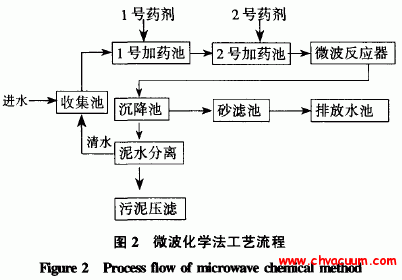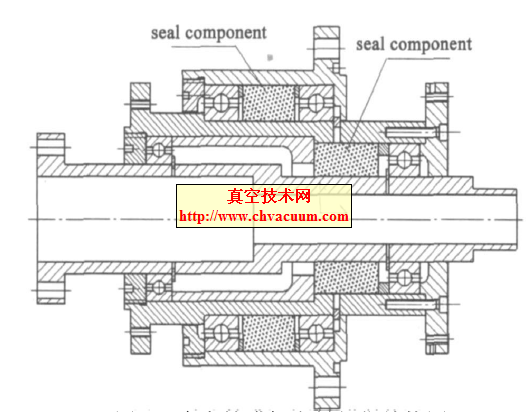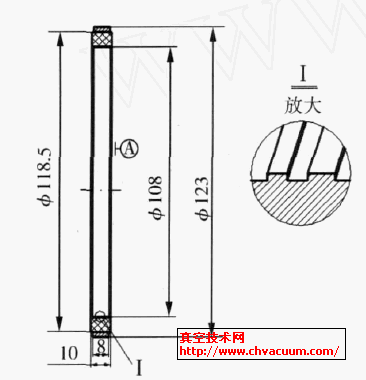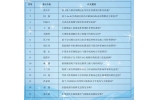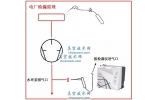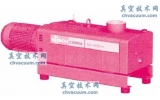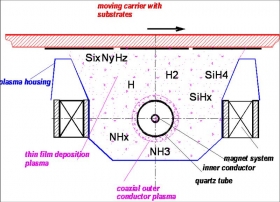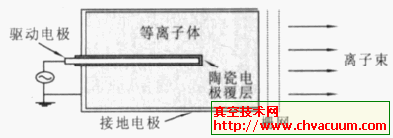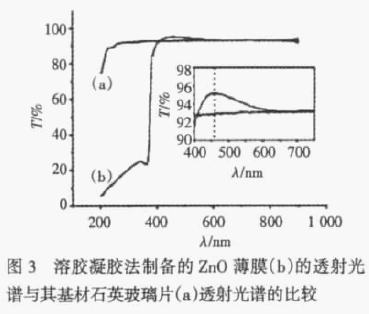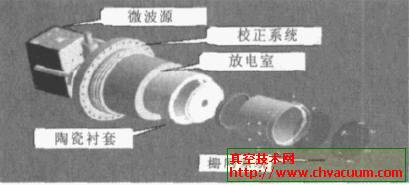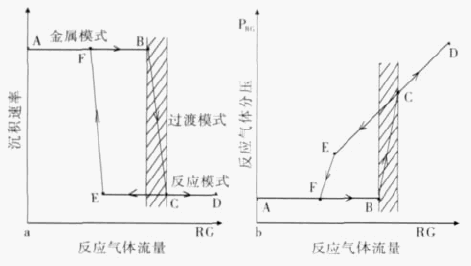基于溶胶凝胶法的二氧化锡复合薄膜的制备及表征
以金属无机盐SnCl2.2H2O、CuCl2.2H2O和无水乙醇为原料,用溶胶凝胶法制备了SnO2和CuO掺杂的CuO-SnO2薄膜,并用X射线衍射、扫描电镜、透射电镜和电化学工作站对样品进行了表征。结果表明:随着退火温度的增加,薄膜结晶性变好,晶粒长大,电学特性增强,最佳退火温度确定为450℃。掺杂CuO的SnO2薄膜导电性好于同等条件下未掺杂的SnO2薄膜。SnO2呈四方相金红石结构,衍射峰显示薄膜中存在部分SnO。聚乙二醇的添加增强了SnO2的衍射峰,当超过一定添加量后将抑制晶粒的生长,并使得CuO-SnO2薄膜的导电性呈先减小后增大的趋势。丙三醇的添加可极大改善薄膜的表面形貌,增强了SnO2的衍射峰,且导电性明显变好。
关键词: 二氧化锡;溶胶凝胶法;氧化铜;掺杂;电学特性
Abstract: The CuO-doped SnO2 composite films were grown in sol-gel method on Si(100) substrates.The impacts of the growth conditions,including the concentrations of Sn and CuO in the solution,annealing temperature,and polyethylene glycol(PEG) addition,on the microstructures and properties of the films were evaluated.The CuO doped composite films and the control sample were characterized with X-ray diffraction,scanning electron microscopy,transmission electron microscopy and electrochemical probe.The results show that the CuO-doping and annealing temperature strongly affect the microstructures and properties of the films.For instance,an increase of the annealing temperature resulted in bigger SnO2 grains,improvement of compactness,and reduction of the sheet resistance.The optimized annealing temperature was found to be 450℃.Addition of a certain amount of PEG and glycerine significantly bettered the crystallization and surface morphology of the films.
Keywords: SnO2 film,Sol-gel method,CuO,Doping,Electrical property
基金项目: 中央高校基本科研业务费专项资金(N090403001);; 教育部留学回国人员科研启动基金(20091341-4)
采用溶胶凝胶法制备了四方相金红石多晶结构SnO2 薄膜, XRD 特征衍射峰分别对应(110) , (101) ,(211) 晶面, 样品不存在晶粒的择优取向。300退火的SnO2 薄膜为非晶状态, 随退火温度升高, 结晶性逐渐变好, 晶粒尺寸呈先增大后减小趋势, 电阻呈略减小后再增大的趋势。CuO 的掺杂未导致新物相产生, 却抑制了SnO2 晶粒生长并增强了薄膜的电学特性, 薄膜晶粒呈不规则形状, 粒径约10 nm。EDS能谱分析发现膜中Sn 并未完全以SnO2 结构形式存在, 还有SnO 相形成。PEG的添加增强了SnO2 的(220) , (002) 晶面的生长, 但当PEG添加量超过05g 使开始明显抑制晶粒生长。CuO-SnO2 薄膜样品的导电性随PEG 的添加量呈先减小后增大的趋势, 接触角呈先减小后增大趋势; 丙三醇的加入改善了薄膜表面形貌, 增强了SnO2 的衍射峰, 薄膜裂纹的数量和宽度明显减少, 导电性明显变好, 但对接触角影响很小。
参考文献:
[1]Francisco L,Forleo A,Capone S,et al.Sensors and ActuatorsB[J],2006,114:646-655
[2]王涛,刁训刚,丁,等.真空科学与技术学报[J],2007,27(6):511-516
[3]Azens A,Kullman L,Vaivars G,et al.J Phys Chem[J],1998,B113:449-456
[4]Amor S B,Rogier B,Baud G,et al.Materials Science and En-gineering[J],1998,57:28-39
[5]徐均琪,李荣,苏俊宏,等.真空科学与技术学报[J],2010,30(4):420-424
[6]Ghimbeu CM,VanLandschoot R C,Schoonman J,et al.Jour-nal of the European Ceramic Society[J],2007,27:207-213
[7]刘星辉,唐东升,曾春来,等.物理化学学报[J],2007,23(3):361-366
[8]Eranna G,Joshi B C,Runthala D P,et al.Critical Reviews inSolid State and Materials Sciences[J],2003,29:111-188
[9]Safonova O V,RumyantsevaM N,Ryabova L I,et al.Mater-ials Science and Engineering[J],2001,B85:43-49
[10]Sharma R K,Chan P C H,Tang Z N,et al.Sensors and Ac-tuators[J],2001,B72:160-166
[11]Zhang D L,Deng Z B,Zhang J B,et al.Materials Chemistryand Physics[J],2006,98:353-357
[12]Yan Q G,Tao S Q,ToghianiH.Talanta[J],2009,77:953-961
[13]方丽梅,李志杰,刘春明,等.物理化学学报[J],2006,22(10):1212-1216
[14]Gubbins M A,Casey V,Newcomb S.B.Thin Solid Films[J],2002,405(1-2):270-275
[15]Niranjan R S,Patil K R,Sainkar S R.Materials Chemistryand Physics[J],2003,80(1):250-256
[16]Vasiliev R B,Rumyantseva M N,Yakovlev N V,et al.Sen-sors and Actuators[J],1998,B50(3):186-193
[17]耿丽娜,王淑荣,李鹏,等.无机化学学报[J],2005,21(7):977-981
[18]Niranjan S R,Young K H,Sung H J.Applied Surface Sc-ience[J],2006,252:4298-4305
[19]Kaur J,Kumar R,Bhatnagar M C.Sensors and Actuators[J],2007,B126:478-484
[20]Tao Sun,Donthu S,Sprung M,et al.Acta Materialia[J],2009,57:1095-1104
[21]侯环宇,王正德,李保卫.内蒙古科技大学学报[J],2008,27(2):137-139
[22]Kissine V V,Voroshilov S A,Sysoev V V.Thin Solid Films[J],1999,348:304-311
[23]Santilli C V,Pulcinelli S H,Brito G E S,et al.J Phys Chem[J],1999,B103:2660-2667
[24]Katti V R,Debnath A K,Muthe K P,et al.Sensors and Ac-tuators[J],2003,B96:245-252
[25]Niranjan R S,Patil K R,Sainkar S R,et al.Materials Chem-istry and Physics[J],2003,80:250-256
[26]ShoyamaM,Hashimoto N.Sensors and Actuators[J],2003,B93:585-589


